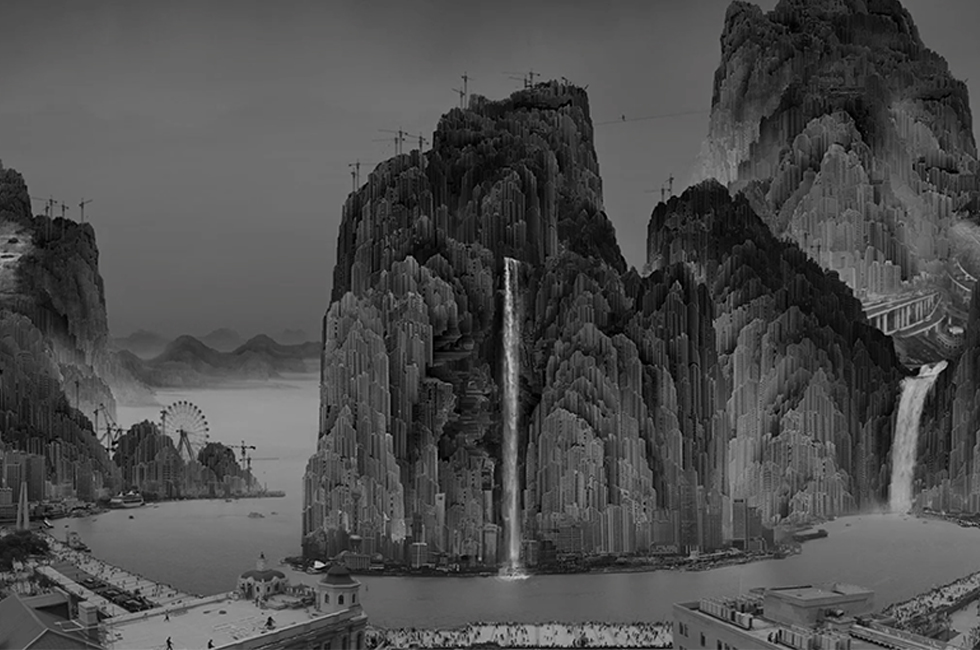Utopia della montagna sacra
DOI:
https://doi.org/10.15168/xy.v9i15.3110Keywords:
Macro-Micro Cosmos, Renaissance art, Shan shuiAbstract
The image of the mountain has been built around the idea of an entity characterised by a considerable mass, often associated with the perception of being an impervious area. This place, marked by its great height and extension, and difficult to traverse, has profoundly influenced the human imagination to the extent that, over the centuries and across several cultures, the mountain has been attributed symbolic values, representing both power and transcendence. According to Greek mythology, the mountaintop was the divine site of the union between Earth (Hera) and Heaven (Zeus), while in many religions and cultures ascending to heaven via the mountain was perceived as a path of purification - a return to the ‘beginning’ and a manifestation of the sacred. That said, this article aims to explore some imaginative scenarios that have shaped different cultures across time and space. Starting from the gnosiological conception of the ancient Imago Mundi, the first scenario examines the relationships - if not the idiomatic and conceptual equivalences - between imagination, utopia, and mountains. This leads to the gnosiological assumptions of the Speculum Mundi in Renaissance art through the representation of mountains in painting. In the Renaissance (Pinturicchio, Mantegna, Leonardo, etc.), the mountain becomes part of a landscape inscribed in the conception of ecstasy, the out-of-self as the connection between macro and microcosm, the sensible and the intelligible. The second scenario explores the symbolic significance of the mountain in a contemporary context through the work of Chinese artist Yang Yongliang who, starting from the Chinese pictorial tradition of depicting mountain landscapes as a celebration of the harmony between human species and Nature (known as Shan shui), restores the mountain as a call to awareness against consumerist policies based on profit and the consequent socio-environmental disasters.

Downloads
Published
How to Cite
Issue
Section
License
Copyright (c) 2025 Cesare Battelli, Ornella Zerlenga

This work is licensed under a Creative Commons Attribution-NonCommercial-ShareAlike 4.0 International License.

